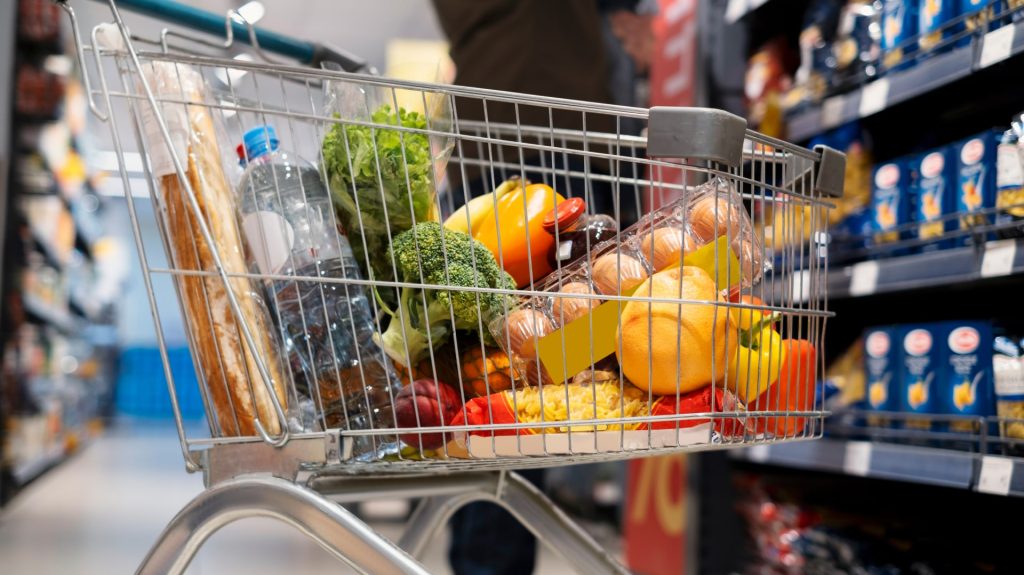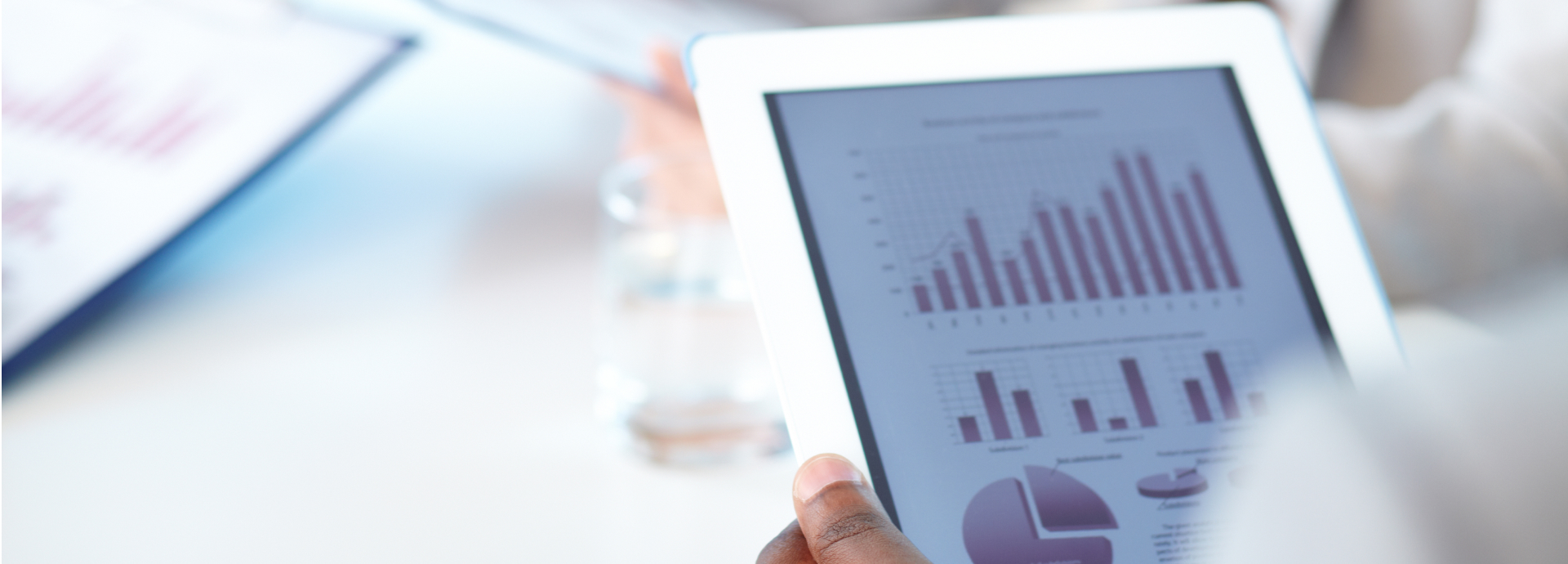Learn how Salesforce Loyalty Management in public transport drives rider loyalty with customizable programs and real-time incentives to boost engagement.
Have you ever gotten a new tool – for instance a Swiss Army knife or other multi-tool – and taken it out of the box, then thought: “this is great… but what am I actually going to use it for?” You may find yourself wondering the same thing about Tableau. While you might already be aware of some of Tableau’s powerful data analytics possibilities, you may still not know how your organization in particular can make the most of it. That’s why this article will feature four prominent Tableau business cases, to show you just how this platform can make a dramatic difference.
The four Tableau use case examples we’ll cover here will be focused on the following industries/sectors:
- Consumer goods – making better decisions in trade promotions
- Retail – optimizing stock levels and maximizing on-shelf availability
- Nonprofit – measuring and increasing an organization’s impact
- Technology – better targeting Software as a Service (SaaS) sales
Let’s start with how Tableau can enable better decision-making for consumer goods businesses:
1. Making better decisions in trade promotions
We live in a world where your customers are only a click away from choosing a competitor over you. Today’s companies need the richest data insights they can get to keep up with their rivals. However, data is often siloed in a wide range of different applications, systems and spreadsheets, making it difficult to see everything in context and get a sense of the big picture. This was the challenge our client, Beyond Better Foods, was facing. They needed a 360-degree view of the customer and a single source of truth.

With Salesforce Tableau software, companies like our client can now bring together all their data, from all their multiple disparate data sources, in one place, to optimize their commercial strategies. They can create sophisticated embedded visualizations and dashboards to present data related to distribution, product categories, supply chain orders and more. All easily at hand whenever decisions need to be made.
That’s not all. Tableau’s predictive analytics capabilities can be used to predict matters such as future demand and optimal discount levels. This means retailers are better equipped to quickly adapt to changing market conditions and audience behavior. Businesses can now seize opportunities, avoid pitfalls and serve the customer with greater agility than ever. As for Beyond Better Foods, they’ve been able to save 70% of the time staff spend creating reports and forecasts, and even made a six-figure saving thanks to the errors they’ve been able to eliminate.
If you’d like to learn more about how we helped Beyond Better Foods to make the most of Tableau (which was at that time called Einstein Analytics) you can watch this short walkthrough video after filling in a few details.
2. Optimizing stock levels and maximizing availability
Every retailer knows the vital importance of stock levels. Stockouts mean frustrated customers who may not ever return. If a retailer isn’t able to maintain the right levels of on-shelf availability for products their customers want, that can result in missed sales. Furthermore, it can cause a decrease in repeat business and customer loyalty, as shoppers go to competitors to make their purchases instead. For fast-moving consumer goods (FMCG) retailers dealing with perishable products or “fast” fashion, optimizing stock is especially vital.

Fortunately, Tableau provides businesses with new abilities to predict when out-of-stock events are due to happen. One example is the stockout alert system our Tableau team created for a retail industry client in the UK. By applying Tableau’s analytics capabilities to sales data, retailers can see patterns in the frequency of sales of a particular product. Then, based on the time that has elapsed between sales, they predict the likelihood of out-of-stock events and an alert can automatically be created. In-store staff can then be notified to investigate this possible out-of-stock and take action to correct it if necessary. With this solution, inventory levels fell by 10% in average, and the number of customers lost to product stock-outs was cut in half.
If you would like to explore the benefits of implementing this technology at your organization, with the help of our Salesforce analytics consulting services, let’s talk.
3. Measuring and increasing an organization’s impact
For nonprofits, perhaps more than any other organizations, it can be prohibitively time consuming to make the most of their data and measure their impact. Few can spare the budget for a dedicated data analyst to analyze interactions with the people they serve, in all their notes, questionnaires and even audio/video recordings. In the end, there is a missed opportunity to get a better sense of the “big picture” and – perhaps most importantly – the work they do for each individual person, day to day, hour to hour.

Our third-sector client Noise Solution works to help young people through the power of music. They wanted to use Tableau to gather, process and analyze data that would show their impact. To help them reach this goal, VRP developed a solution and a custom AppExchange app harnessing AI-driven technologies such as natural language processing (NLP), text mining and speech-to-text.
Now, Noise Solution has gained an unrivaled insight into how music turns into well-being. They can access sentiment and intent for every intervention, determining whether a participant feels positively or negatively about their experience. Moreover, they can see and understand the change they’re doing in the world with a “live” overview of their impact. And, thanks to all the time saved in manually analyzing interactions, they’re now able to help 20% more young people than previously.
If you’d like to explore how we helped Noise Solution to harness the power of Tableau in this way, read this case study.
4. Better targeting Software as a Service (SaaS) sales
When a sale is made, there are often other products or services that may also be useful and desirable to the customer. Salespeople are usually well aware of the upsell possibilities when it comes to cross-selling companion products and will suggest these when making a sale. But have you ever discovered less-obvious products that go well with what you sell?

Technology companies like us use Tableau’s powerful capabilities to make the most of every sales opportunity. Let’s look at a real-life example taken from our pipeline – a Salesforce Sales Cloud customer in the manufacturing industry. Our account manager immediately thought about Field Service as an ideal companion product. But by analyzing patterns in purchase data, along with attributes of a predetermined target customer archetype, Tableau revealed that the less obvious Pardot would also make an equally good companion product. Our Account Manager used this insight to suggest that complementary product to the customer.
We did all the above using Tableau and tools such as Einstein Next Best Actions and Einstein Product Recommendations – all products in the Tableau family and seamlessly integrated. With these kinds of solutions, organizations like ours are connecting with every customer’s unique needs by better serving everyone in the customer base. Enhancements like this have been key drivers in our two-digit growth last year. For all kinds of businesses, Tableau can be used to surface new, hitherto undiscovered patterns in product data and historical sales data, showing connections that can be very valuable for sales purposes.
If you’re interested in bringing this technology and these kinds of insights to your own sales efforts, we can discuss it together.
Tableau business cases for a range of requirements
Since the days of Salesforce Analytics Cloud, Tableau has long offered great capabilities to organizations, and the ability to integrate Tableau into Salesforce provides even more value and potential. The relatively new Salesforce-Tableau synergies mean that whether you already use the world’s #1 CRM or you’re considering implementing it, there’s never been a better time to start making the most of Salesforce.
Do you want to make a business case for Tableau at your own organization and gain stakeholder buy-in? We hope you found a relatable example in this article. Even if not, there’s sure to be a case study using Tableau that can make all the difference in the conversation. If you’d like to explore the possibilities, and how our Salesforce analytics integration services can help you make the most of them, just get in touch.

